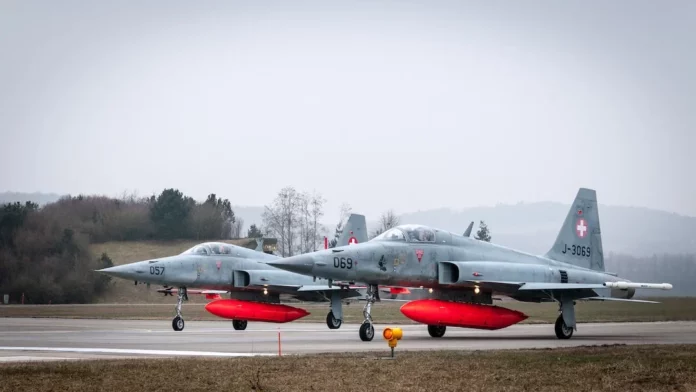In aviation, the term “aircraft nose down” refers to a specific aircraft attitude where the nose of the aircraft is tilted downward relative to the horizon. When an aircraft experiences a nose-down pitch, the aircraft’s angle of attack decreases, resulting in a downwards flight path. This attitude can be induced intentionally by the pilot or occur naturally due to various factors such as weight distribution or aircraft design. Understanding aircraft nose-down conditions is crucial for pilots as it affects the aircraft’s stability, control, and overall performance.
Contents
Aircraft Nose Down (AND)
Aircraft Nose Down (AND) is an abbreviation commonly used in aviation to describe the nose-down pitch. It is an important parameter that pilots and flight control systems closely monitor to maintain the desired flight path and stability. Various aircraft systems, such as the Angle of Attack (AOA) sensors, pitot-static systems, and flight control software, provide crucial feedback on the aircraft’s nose-down attitude. By monitoring AND, pilots can make necessary adjustments to control the aircraft’s pitch, ensuring safe and efficient flight operations.
Factors Influencing Aircraft Nose Down
Several factors can contribute to an aircraft experiencing a nose-down pitch. Understanding these factors is essential for pilots to ensure safe aircraft operation and control. Let’s explore some of the key factors influencing aircraft nose down:
1. Weight Distribution
One of the primary factors influencing aircraft nose down is weight distribution. The distribution of the aircraft’s weight plays a crucial role in maintaining stability and control. When the center of gravity (CG) is located forward of the aircraft’s neutral position, it causes a nose-down pitching moment. This can occur if the weight in the nose section (forward of the main wing) is greater than the weight in the tail section (behind the main wing). The resulting nose-down attitude can affect the aircraft’s aerodynamic performance and require adjustments from the pilot to maintain the desired pitch angle.
Aircraft manufacturers carefully determine the optimal CG range for safe and efficient flight. Pilots must adhere to these guidelines during loading and weight distribution to prevent potential problems associated with excessive nose-down conditions. Failure to adhere to recommended weight distribution limits can compromise the aircraft’s pitch control, affecting stability and handling characteristics.
For more information on weight distribution and its impact on aircraft performance, you can refer to the Federal Aviation Administration’s Pilot’s Handbook of Aeronautical Knowledge.
2. Center of Lift
The center of lift is another important factor that can contribute to an aircraft’s nose-down attitude. The center of lift represents the aerodynamic force acting on the wings, perpendicular to the aircraft’s flight path. In most aircraft, the center of lift is located slightly behind the center of gravity, creating a nose-down pitching moment.
During normal flight operations, the aircraft’s flight control surfaces, such as the elevators, help counteract the nose-down pitching moment caused by the center of lift. By manipulating the elevator control input, pilots can adjust the aircraft’s pitch and minimize the nose-down tendency.
3. Thrust and Drag
The balance between thrust and drag also influences the aircraft’s nose-down attitude. Thrust, generated by the aircraft’s engines, is responsible for propelling the aircraft forward. As the aircraft accelerates or decelerates, the thrust dynamics change, affecting the aircraft’s pitch stability.
In situations where thrust decreases or drag increases significantly, the aircraft may experience a nose-down pitch. This can happen during certain phases of flight, such as during a descent or when reducing engine power. Pilots must be aware of these changes and make appropriate adjustments to maintain the desired pitch angle.
Understanding the relationship between thrust, drag, and pitch is crucial for pilots to ensure smooth and controlled flight. By maintaining the appropriate balance between these forces, pilots can effectively control the aircraft’s nose-down attitude.
Conclusion
Aircraft nose down, or the downward pitch of an aircraft’s nose, is an important aspect of aviation that directly impacts an aircraft’s performance, stability, and control. Factors such as weight distribution, center of lift, and thrust dynamics play crucial roles in influencing the aircraft’s nose-down attitude, requiring pilots to make necessary adjustments to maintain the desired flight path and stability.
By understanding the factors and monitoring the aircraft nose-down conditions, pilots can ensure safe and efficient flight operations. Proper weight distribution, control surface manipulation, and maintaining the appropriate thrust-drag balance are essential for controlling the aircraft’s pitch angle and ensuring a smooth flight experience.
For More: What is PBCS in Aviation? (Performance-Based Communication And Surveillance)




